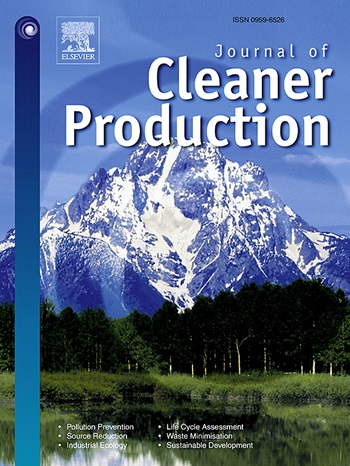高效可靠的菌藻共生系统在污水处理中的应用、挑战与展望
IF 9.7
1区 环境科学与生态学
Q1 ENGINEERING, ENVIRONMENTAL
引用次数: 0
摘要
人类活动增加了污染物排放,破坏了生态系统。利用微藻-细菌共生系统处理污染物的不良影响逐渐引起人们的重视。与单一细菌或藻类相比,细菌和藻类之间的协同作用可以提高污染物的去除能力和对环境的适应能力。然而,高环境要求和挑战,如在波动的废水组成下保持稳定的藻类共生系统活性,可能限制了它们的广泛应用。因此,本文主要对菌藻系统进行综述,总结其在城市、工业和水产养殖废水中的作用,以及在生物质能源生产中的突出优势。探讨了主要影响因素,比较了不同类型反应器的优缺点。此外,本文还强调了该系统优越的可持续性,对新兴污染物和重金属的高效去除,以及碳减排和资源回收的双重效益,从而解决了这些问题。综合分析表明,采用菌藻系统处理废水的效果明显优于传统的活性污泥法。细菌和藻类系统对不同水质具有较强的适应性,可生产生物氢、生物柴油和生物乙醇等主流生物质能源。此外,环境因素对细菌和藻类系统的高效运行也起着重要作用。本文旨在促进菌藻系统在工业上的成熟应用。本文章由计算机程序翻译,如有差异,请以英文原文为准。

Applications, challenges and prospects on efficient and reliable bacterial-algal symbiosis system for wastewater treatment: A systematic review
Human activities have increased pollutant emissions and damaged ecosystems. The use of microalgae-bacteria symbiosis systems in dealing with the adverse effects of pollutants has gradually attracted people's attention. Compared with single bacteria or algae, the synergistic effect between bacteria and algae could enhance the removal ability of pollutants and the adapt to the environment. However, high environmental requirements and challenges such as maintaining stable algal symbiotic system activity under fluctuating wastewater composition have potentially limited their widespread application. Therefore, this review focused mainly on the bacterial-algal system and summarized its role in urban, industrial and aquaculture wastewater, as well as its outstanding advantages in biomass energy production. The main influencing factors were explored, and the advantages and disadvantages of different types of reactors were compared. Moreover, this paper highlighted the system's superior sustainability, efficient removal of emerging pollutants and heavy metals, and the dual benefits of carbon emission reduction and resource recovery, thereby solving these problems. Comprehensive analysis showed that the use of bacteria and algae systems to treat wastewater was significantly better than the traditional activated sludge method. The bacterial and algal system exhibited strong adaptability to different water qualities and could produce mainstream biomass energy such as biohydrogen, biodiesel and bioethanol. In addition, environmental factors played important roles in the efficient operation of bacterial and algal systems. This review was dedicated to accelerating the mature application of bacterial-algal systems in industry.
求助全文
通过发布文献求助,成功后即可免费获取论文全文。
去求助
来源期刊

Journal of Cleaner Production
环境科学-工程:环境
CiteScore
20.40
自引率
9.00%
发文量
4720
审稿时长
111 days
期刊介绍:
The Journal of Cleaner Production is an international, transdisciplinary journal that addresses and discusses theoretical and practical Cleaner Production, Environmental, and Sustainability issues. It aims to help societies become more sustainable by focusing on the concept of 'Cleaner Production', which aims at preventing waste production and increasing efficiencies in energy, water, resources, and human capital use. The journal serves as a platform for corporations, governments, education institutions, regions, and societies to engage in discussions and research related to Cleaner Production, environmental, and sustainability practices.
 求助内容:
求助内容: 应助结果提醒方式:
应助结果提醒方式:


